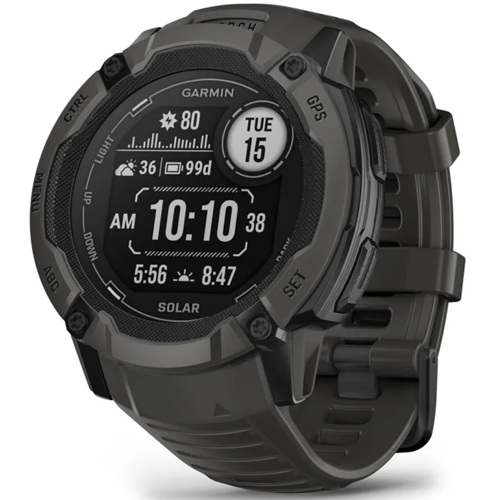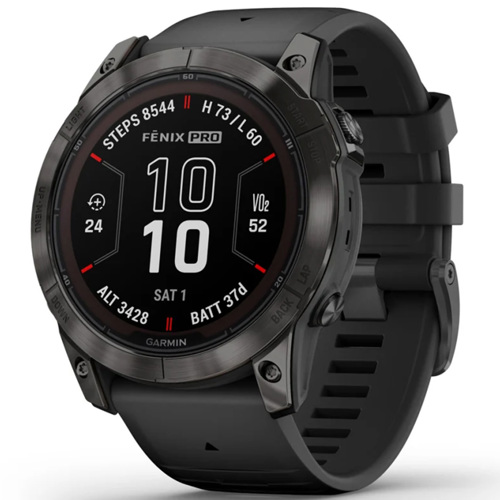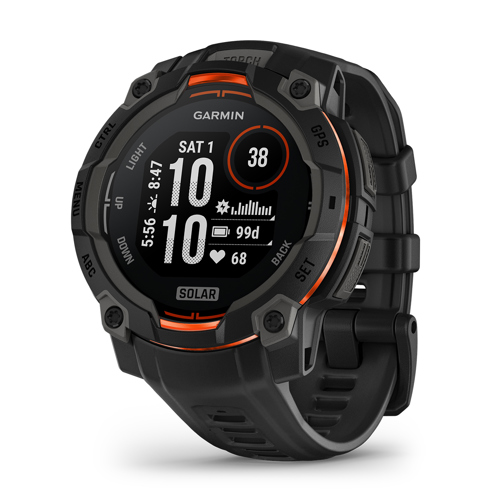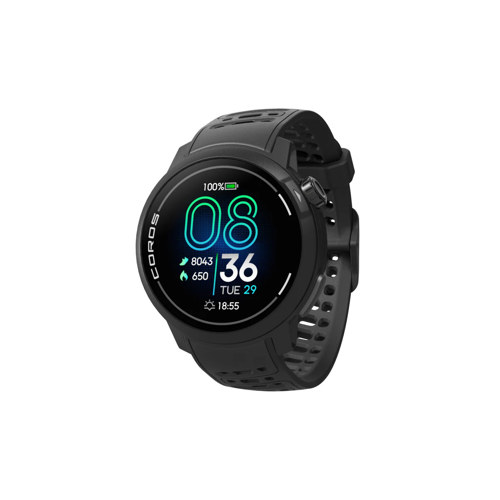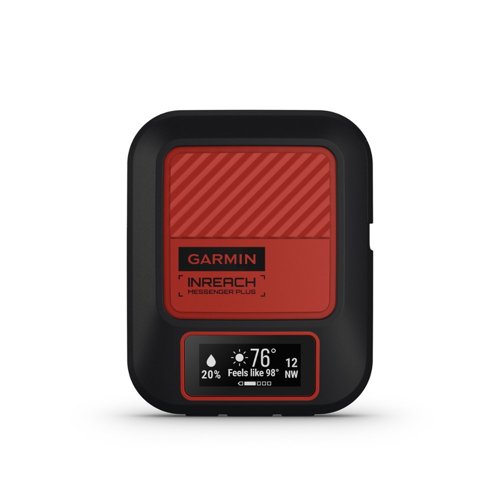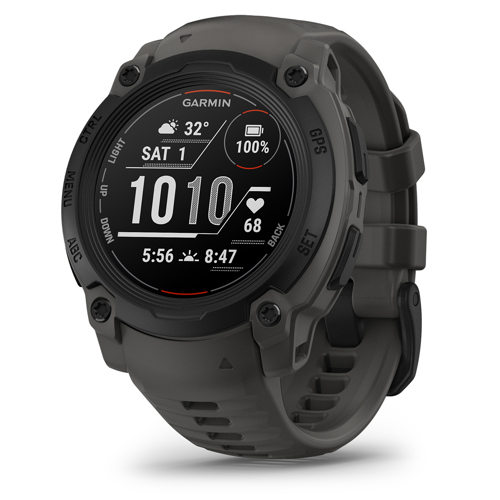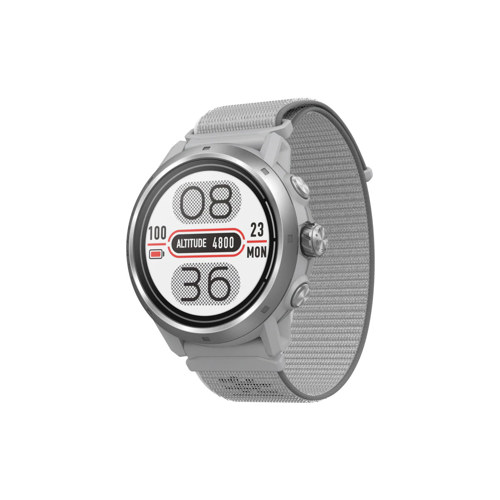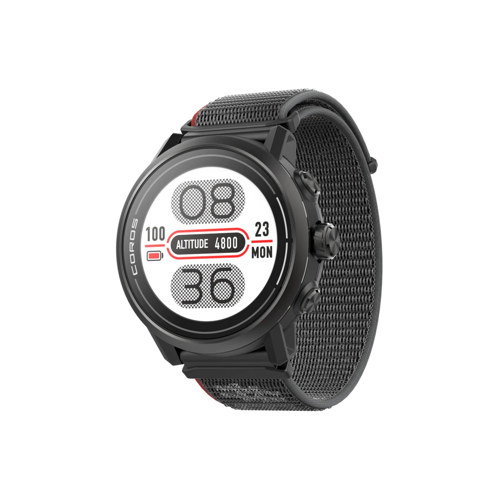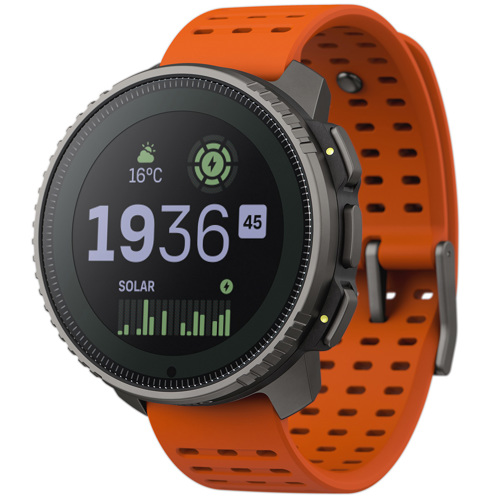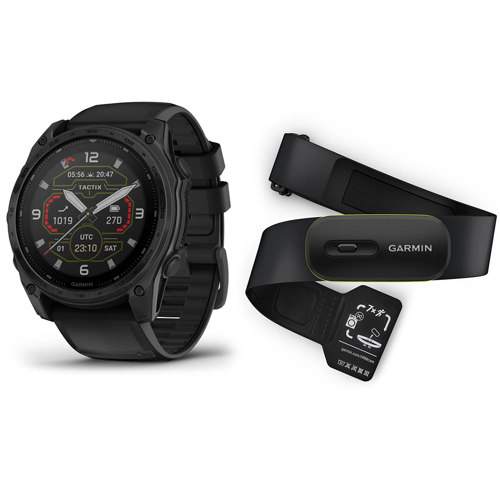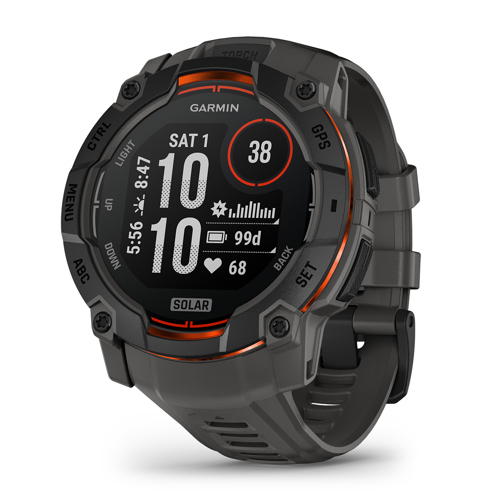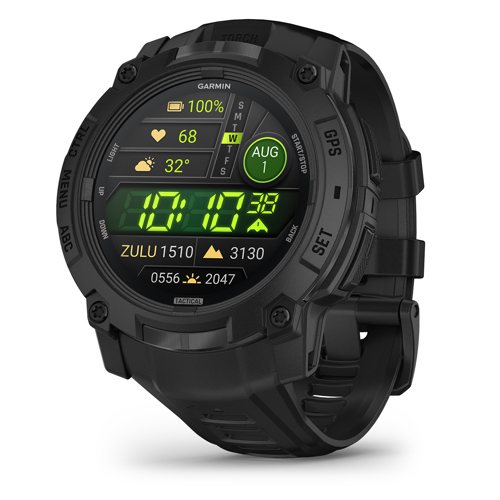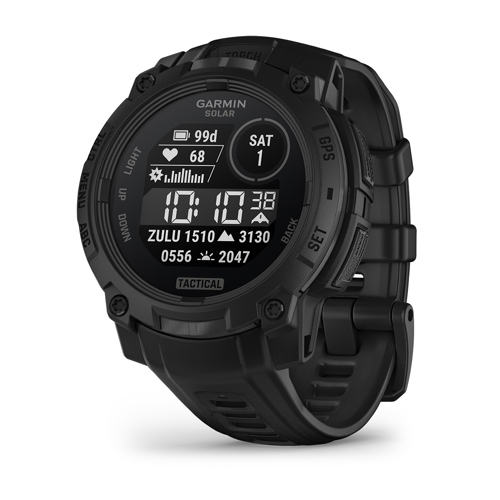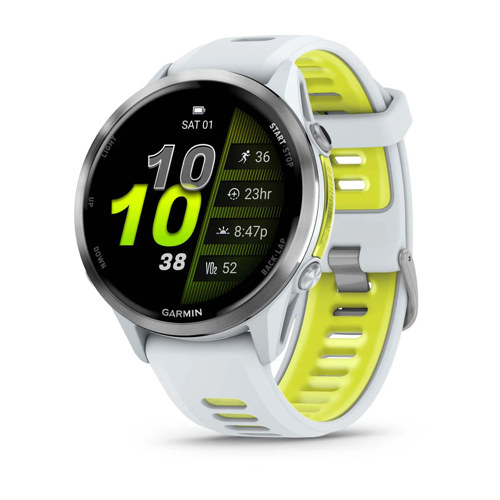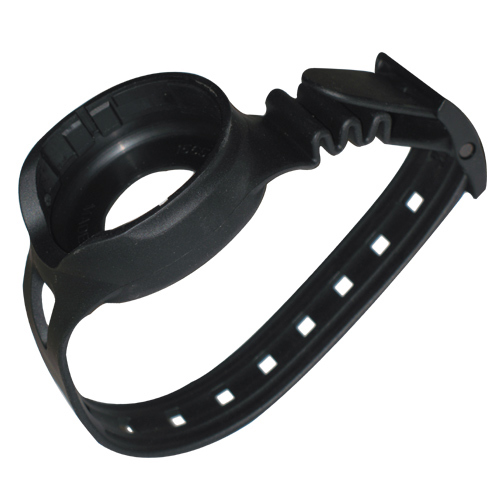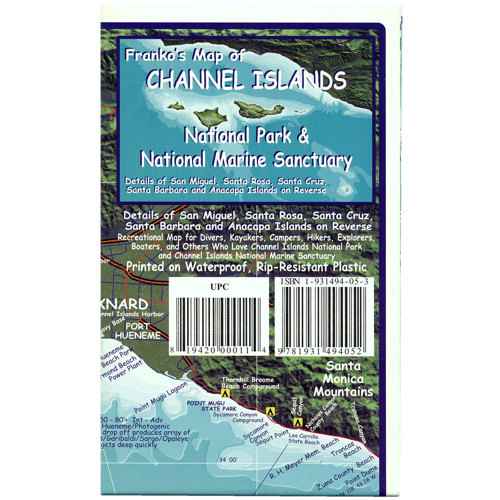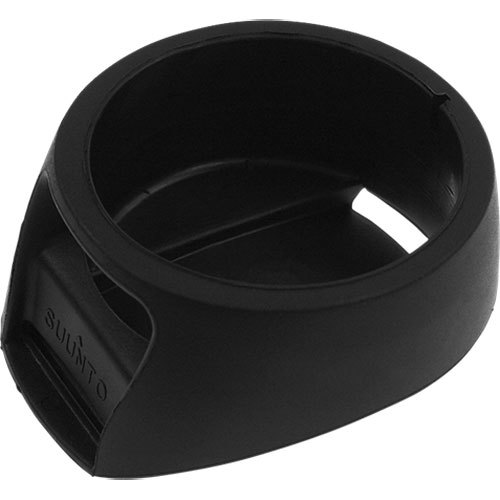Navigation Tools For Hikers
Navigating the backcountry demands more than just a sense of adventure—it calls for preparation, reliable tools, and a solid understanding of the terrain. For hikers, whether seasoned trail veterans or those just getting acquainted with the wilderness, navigation tools are the backbone of a safe and enjoyable journey. As autumn sets in and the forests transform into a mosaic of gold and crimson, trails can become less distinct, daylight hours grow shorter, and changing weather can obscure familiar landmarks. This makes dependable navigation equipment not just a convenience, but a necessity. The classic pairing of a compass and a topographic map remains the gold standard for orienteering, offering a fail-safe solution that’s immune to dead batteries and signal loss. Many hikers cherish the tactile reassurance of unfolding a map beside a crisp mountain stream or at a windswept ridge, tracing contours and plotting their path with a compass’s steady needle. These tools are lightweight, require no power, and provide a level of situational awareness that digital devices sometimes lack. For those new to hiking, learning to interpret a map and compass can be a deeply rewarding skill, turning each outing into an opportunity for discovery and self-reliance.
Modern navigation, however, often blends tradition with technology. Dedicated GPS devices and smartphone navigation apps have become invaluable companions on the trail, offering real-time location tracking, route planning, and the ability to mark waypoints. They’re especially helpful in dense forests or unfamiliar terrain where trails may be overgrown or poorly marked. Before heading out, it’s wise to preload maps onto your device and carry a reliable power bank to ensure you’re never caught with a drained battery far from help. For those venturing into remote regions where cell service fades away, a personal locator beacon or satellite communicator can be a literal lifesaver, providing a lifeline to emergency services and peace of mind to loved ones back home. These tools are particularly thoughtful gifts for avid hikers, outdoor enthusiasts, or anyone planning a big adventure—offering not just utility, but also the reassurance that comes from being prepared for the unexpected. Whether you’re gifting a navigation tool to a friend embarking on their first solo trek or equipping yourself for a challenging multi-day hike, choosing the right combination of analog and digital gear is essential. To round out your kit and ensure you’re ready for whatever the trail may bring, explore our list of
Essential Gear For Hiking for more recommendations and expert advice on outfitting your next adventure. Each journey into the wild is unique, and with the right navigation tools in your pack, you’ll have the confidence to explore farther, knowing you can always find your way home.

